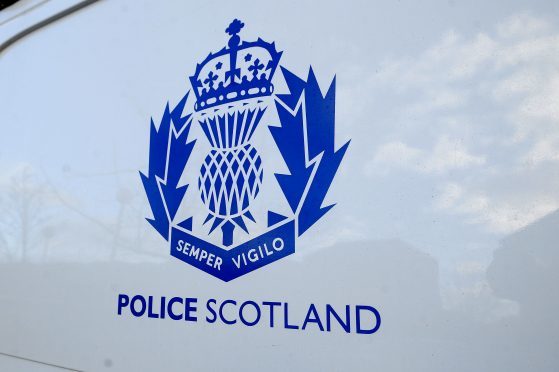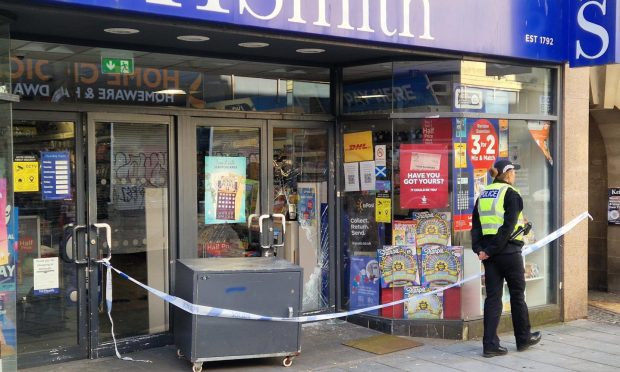Police have warned three people in Tayside in the last few years that their lives were under threat.
The letters, commonly referred to as Osman warning letters, are sent out when a police force believes there is a “real” or “immediate” threat or risk to an individual’s life.
Police chiefs did not reveal who received the warnings, which were all sent out in 2013.
A spokesperson for Police Scotland said the letters were issued to give potential victims time to take precautionary steps or consider measures proposed by the police.
A Police Scotland spokesperson said: “On occasions when intelligence suggests that there may be a threat to the life of an individual we would issue a warning.
“A warning to an intended identified victim may be issued when the officer in charge of the threat, believes that the identified victim should be made aware of the threat/ risk against them.
“The purpose of serving this warning is to notify the potential victim of the existence of a threat or risk towards them and to allow the potential victim to take precautionary steps to protect themselves, or to allow the victim an opportunity to consider the protective measures proposed by the police.
“The process may be used when a threat, assessed as being specific, presents a credible immediate threat to life to an identifiable victim, or by an identifiable perpetrator, or at an identifiable location.”
Those issued with the warning are given advice, live under increased police patrols and have access to emergency response buzzers.
Osman warnings, were introduced after London businessman Ali Osman was murdered in 1988 by Paul Paget-Lewis, a teacher at his son’s school.
Ten years later, Mr Osman’s family successfully argued that the Metropolitan Police had breached Mr Osman’s right to life because the police had enough information to deal with the threat.
The ruling lead to police developing a complex risk assessment process, with “Osman warning” letters the result.
Police can also issue a lesser Personal Safety Advice Warning Notice when someone’s personal safety is at risk but the threat is not immediate and may involve some form of lesser violence.
Between 2012 and 2015, police forces across the UK sent out close to 2,000 Osman warning letters including 210 in Scotland.










